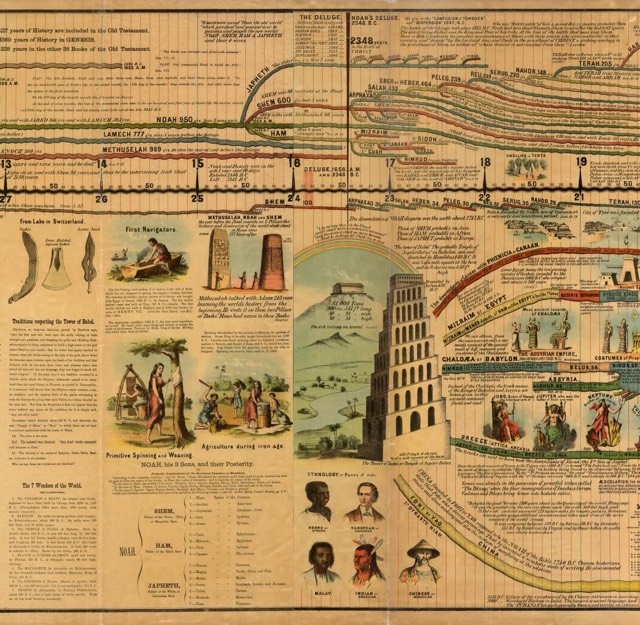Seventeen
years ago I gave John McCain’s Presidential campaign five bucks. It
was my first time donating to a political campaign, much less a
Republican one. But like a lot of people, I marveled at his backstory
of surviving years and years in Viet Cong captivity (I even read, like,
three pages of that big David Foster Wallace story about him), and—more
important—I eagerly took all his Straight Talk Express horseshit to
heart. Hey, that Republican is saying stuff about other Republicans! He seems like a real rebel!
Back
in 2000, McCain scratched that itch for anyone like me who enjoyed
pretending to be politically independent, and who happily latched onto
McCain as a talisman of that independence. You see, guys! I can vote for a Republican when it’s the RIGHT Republican!
And over the course of this century, McCain has dined out on his
reputation as The Good Conservative. He’s the senator who gives
thunderous copy to reporters, and does SNL, and issues bipartisan reports on the military giving the NFL promo money, and does the occasional cameo on Parks &Rec.
He fulfills every Brokawian wet dream certain members of the press
still have about politicians setting aside their differences and doing
the RIGHT THING, by God.
Today, Senate Republicans moved one step closer to dismantling Obamacare, potentially leaving millions of people uninsured, jacking up their premiums, and letting insurance companies cover only what they feel like covering. John McCain voted for that bill because of course he did. He has always been a big talker, but when it comes to the actual meat-and-potatoes voting process, he falls in line.
He didn’t do the right thing. He didn’t even come within 500 yards of doing the right thing. For the past two decades, he has never done the right thing. He’s a fraud. Alex Pareene had him nailed ages ago. In fact, it’s “nice” Republicans like McCain who provide cover for evil swine like Mitch McConnell, allowing them to gut the American security net and fuck over anyone who doesn’t live behind an iron gate.
But that didn’t stop McCain from having the gall—the unmitigated, repulsive GALL—to stand up in front of the Senate today and put on his Maverick jammies and deliver a sermon bashing the very non-legislation that, only minutes earlier, he had flown cross-country to help will into being:
This
is the part where I point out that McCain has brain cancer and is
likely dying. And while I wouldn’t wish brain cancer on my worst enemy,
McCain’s illness shouldn’t act as some magical shield that absolves him
from abetting—no wait, LEADING—a GOP whose appetite for brazen
monstrousness grows by the day. And yet, there were Senate Democrats
giving our man a standing O right after he gleefully fucked their
constituents, because Democrats would happily set aside differences with
Godzilla for the sake of gentility. There was scumbag opportunist Cory
Booker, hugging McCain and acting like this was some kind of
heartwarming meeting of the minds. And of course, there were the usual
political access merchants who were more than happy to line up and shine
McCain’s boots:
This
is vile. John McCain was never anyone’s white knight. This is the man
who ushered in the age of troll candidacies by tapping Sarah Palin as
his running mate. This is the man who caved to Donald Trump even after
Trump had the audacity to mock his time as a POW. This is the man who
called his own wife a cunt in public. This is a man who has spent all
this time acting as if all the Bad Republicans were forcing him to go
along with their nefarious deeds while voting in lockstep with them. He
is not a reluctant Republican. He’s a shitbag, same as the rest of them.
If you’re some Pollyanna offering your support to John McCain as he hollows out Medicaid, you’re a naïve dupe. As this guy said, The West Wing wasn’t real. It was never real. The twin illusions of bipartisanship and decorum have always provided handy cover for anyone looking to willfully ignore the fiendish inequalities of the American political infrastructure and the GOP’s rapturous thirst for cruelty; a thirst that has only recently emerged in the foreground thanks to the existence of President Trump.
"John McCain is the perfect American lie, a man who professes to be noble and fair and just while being none of those things."
I
was duped when I gave McCain my pitiable little sum all those years
ago, but I know better today. Everyone should know better. Everyone
should realize that John McCain is the perfect American lie, a man who
professes to be noble and fair and just while being none of those
things. He served his country honorably in combat, but in no other
fashion. And he serves out his time in the Senate, and here on planet
Earth, as a pathetic enabler. Never the lion; always the sheep. For
seventeen years, gullible people have been waiting for him to make his
face turn, to make some grand defiant move for the sake of God and
country. But that was always just clever branding on his part, and today
should serve as a cold slap in the face to anyone who still thought he
might have that kind of political courage left in him.
He's a fucking disgrace.
He's a fucking disgrace.






